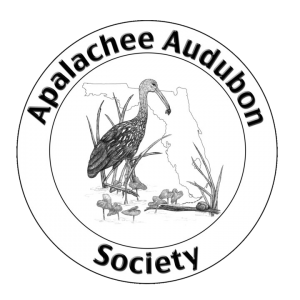By Marylyn Fever
I have one of my IRA's at Vanguard Mutual Funds. Being over 70 1/2 years old I am required to take what is called required minimum distribution (RMD), the entire amount subject to federal income tax.. However (one of the few perks left for being old), anyone 70.5 years and older may have a check(s) made out to an IRS listed 501 (c) (3) organization, which Friends of St. Vincent NWR is. I am having Vanguard make out a check for the amount of my contribution to "Friends of St. Vincent NWR". I can have Vanguard mail that to the Friends at PO Box 69, Apalachicola, FL 32329 or mail that check to me. I am having them mail this check and other checks to other 501 (c) (3) organizations so I can make a copy of the checks as confirmation of these donations. Vanguard will also be sending me a confirmation statement.
In January 2019, I will receive a 1099-R from Vanguard, indicating that I have made the required distribution. (Failure to make the required distribution will result in a hefty tax penalty.) On my 1040 tax form next year where the form asks for IRA (qualified plans) distributions, I will enter the amount on the 1099-R. However, since I made a contribution to a 501 (c) (3), I note the amount of the qualified distribution on that line and on another line the actual taxable distribution amount is reduced.
Even though I have a confirmation from Vanguard noting the qualified distribution, having copies of the checks with the names of the 501 (c) (3) entities names is backup documentation should I ever get audited. Vanguard assures me that this is in the law for 2018.
We, older seniors, can use it as a donating strategy for gifts to all 501 (c) (3) organizations. The taxes we save can be considerable (multiply the aggregate qualified charitable contributions x tax rate and that's your savings).
If you're in that small group who believes that you should pay your share of taxes, donate that savings and consider it as a redirection of your tax to more socially or environmentally directed purposes.
Not all IRA providers may allow this; although the only problem I see is that some may establish a minimum amount they would cut a check for.

















